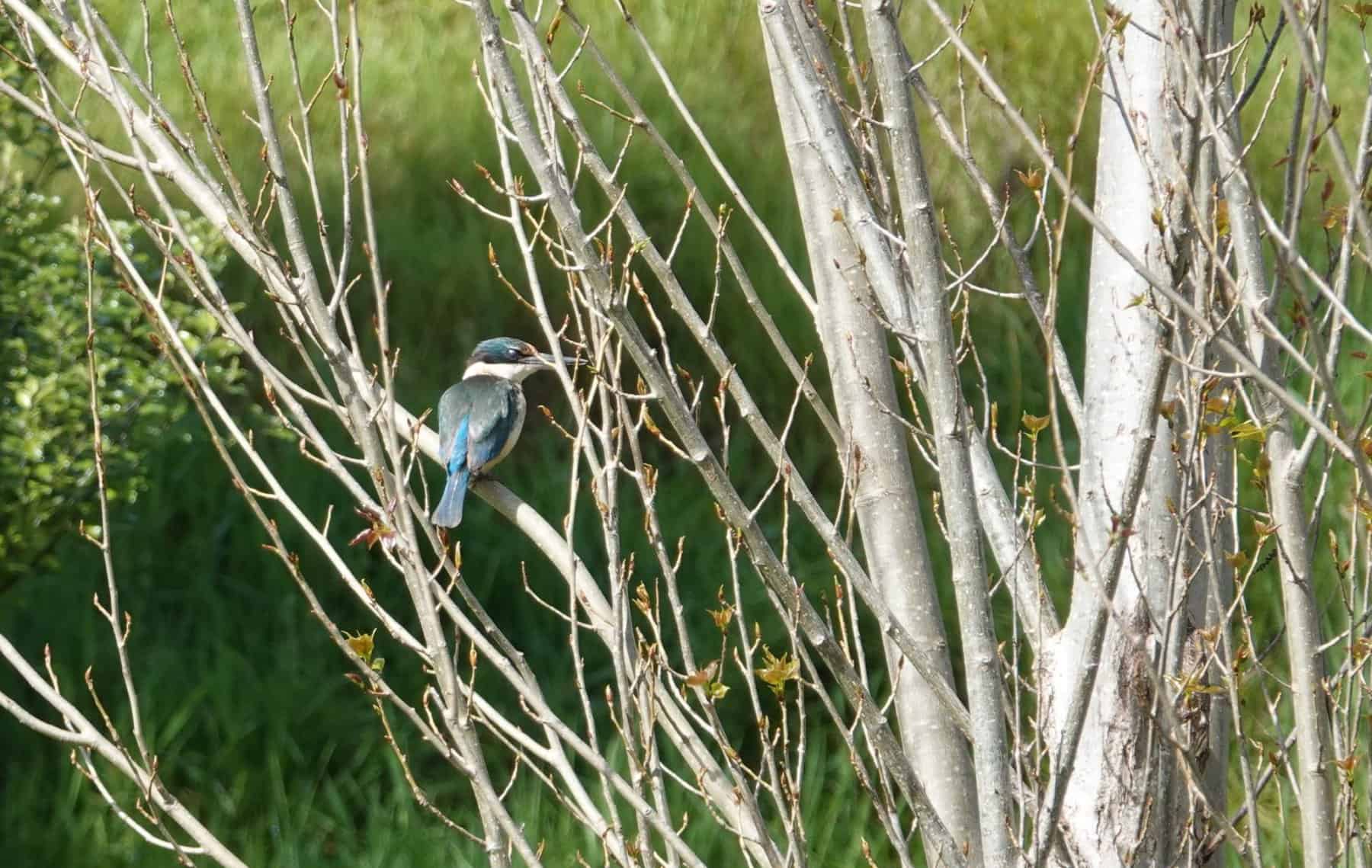There is strong pressure on pastoral farming to reduce its impact on the environment, particularly in the areas of biodiversity and greenhouse gas emissions. As pastoral farming plays a critical role in Aotearoa’s economy, it is crucial that we strive for outcomes where both farming and biodiversity win.
Earlier this year a paper detailing the need to work towards positive outcomes for both pastoral farming and biodiversity conservation was published in the New Zealand Journal of Ecology, as part of the output from Tranche 1’s Farming & Nature Conservation project.
While initiatives such as the Emissions Trading Scheme (ETS) provide incentive for farmers to establish areas of native vegetation on their land, the carbon credit program can be detrimental to biodiversity. Lead author David Norton explains that this occurs for two reasons:
“One is that clearing of species like kānuka is allowed in establishing an exotic plantation under the ETS, and secondly, there are no incentives for landowners to look after native forests (old growth or regenerating) as they cannot obtain any carbon credits from these.”
David believes that reviewing the carbon credit program to provide more credit for native forest remnants being protected would be a step in the right direction.
“Given that there are 1.4 million ha of native woody vegetation on sheep and beef farms, providing land owners with some form of incentive to recognize their carbon sequestration would be a massive help to farmers to manage these areas for biodiversity – what benefits biodiversity results in enhanced carbon sequestration too.”
This paper suggests that to achieve win-win outcomes for both farming and conservation, there needs to be a shift from viewing biodiversity conservation and pastoral farming as independent land uses towards viewing them as objectives which can complement one another.
“Every farm is different and plans need to take account of each individual set of circumstances” David says. However, creating unique biodiversity conservation plans for farmers is not entirely necessary, as there are issues and approaches that are applicable to all farms.
The protection of remaining old-growth forest and regenerating areas, as well as the restoration of native habitats on farms, is crucial for providing resources for native fauna and allowing connectivity across landscapes. Providing assistance and incentive for farmers to do so can help to ensure our biodiversity thrives.
This study was part of the BioHeritage Farming & Nature Conservation project, and is transitioning into the Challenge’s Strategic Outcome 6 which is focused on ecosystem regeneration. You can read the paper here.
